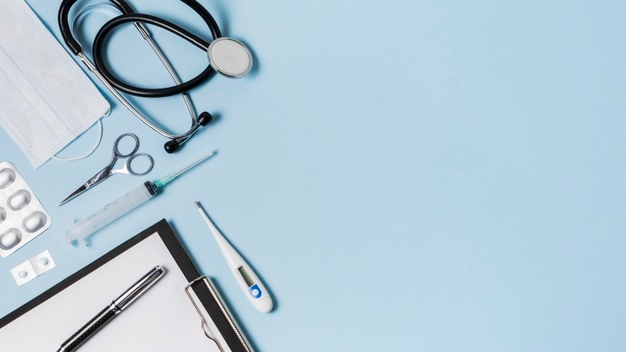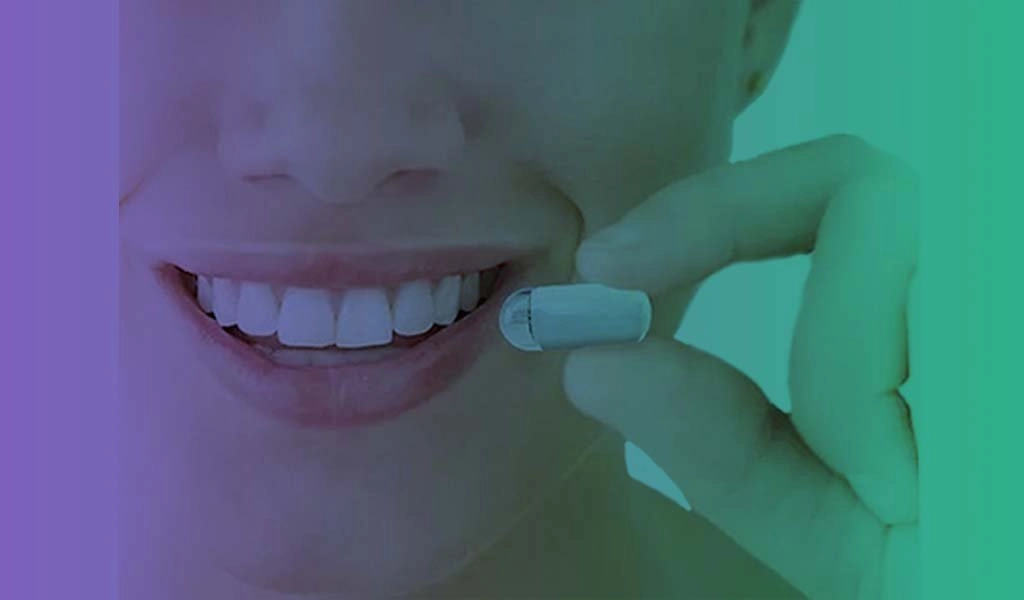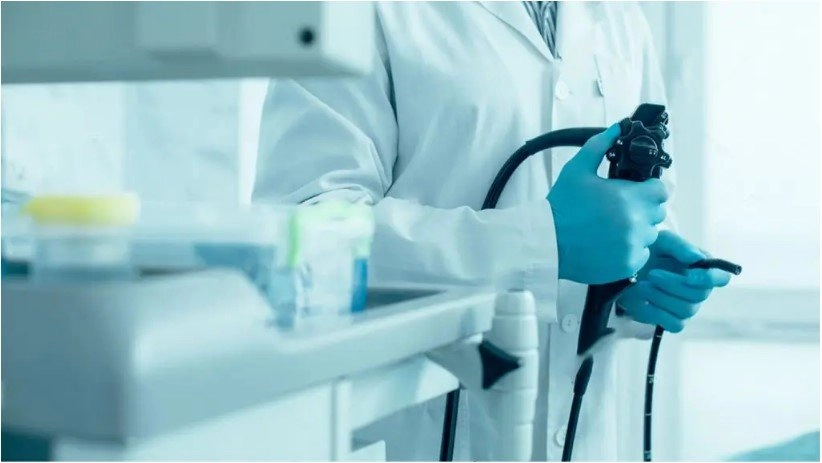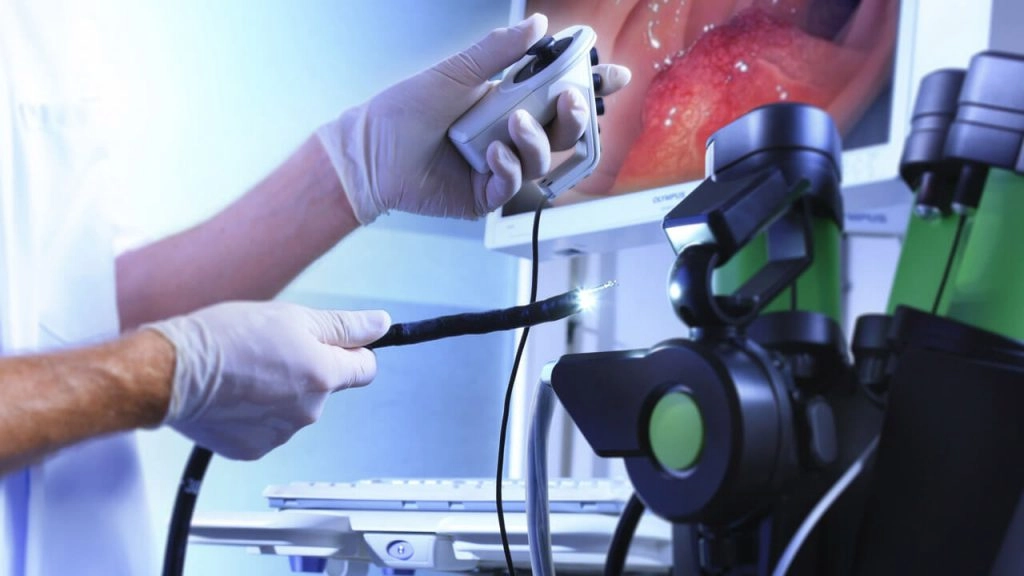Endoscopy
Endoscopy
Endoscopy-Gastroscopy
The endoscopy procedure is the examination of the internal organs that make up the digestive system by mouth without the need for any surgical intervention. The main organs examined in the endoscopy procedure are the oesophagus, stomach and duodenum, small and large intestine.
There is a camera at the end of the endoscopy device. It is about one meter long and has a flexible structure. Thanks to the camera located at the end of the endoscopy device, it is possible to diagnose diseases as well as to take biopsies and do some interventional treatments with the instruments attached to the end of the endoscope.
When should endoscopy be done?
Endoscopy is applied in the diagnosis and treatment of bleedings, wounds, polyps or tumours in the oesophagus, stomach or large intestine. Apart from that, it is also a procedure for biopsy.
Endoscopy diagnosis may be needed because of many complaints.
- Chronic abdominal pain
- Reflux
- Stomach ulcer
- Constant nausea
- Bad breath
- Difficulty swallowing
- Oesophageal ulcers
- Chronic diarrhoea or constipation
- Infections
- Tumours
- Polyps
- Gallstones
- Abnormal weight loss
- Digestive system disorders
Apart from these conditions, tissue samples can be taken for pathological examination when the gastroenterology doctor deems necessary.
It is also used for treatment of various conditions with specialized instruments attached to the end of or through the endoscopy device.
- Opening the narrowing of the oesophagus
- In polyp removal
- Removal of the gallbladder
- Removing fluid accumilation
How to prepare before the endoscopy procedure?
There are certain preparation instructions that the patient should take into account before the endoscopy procedure. These are described by your doctor to you before the procedure.
The patient who will undergo endoscopy should not eat or drink fort he last seven hours before the procedure. Otherwise, there may be difficulties in visualizing the area to obtain the desired clarity and make a definitive diagnosis during the procedure.
How is the endoscopy procedure performed?
Throat Numbing
Before starting the procedure, the back parts of the mouth and throat are numbed with a local anaesthetic spray. The spray is applied by spraying this area. Then the patient is placed on his left side.
Sedation
The patient is put to sleep under close follow-up with intravenous sedoanalgesia drugs. The patient is anaesthetized with sedoanalgesia and the partial oxygen pressure and monitored with a finger pulse oximeter. At the same time, the patient's heart rhythm is also monitored on the monitor. A diagnostic endoscopy procedure takes between 4 and 6 minutes.
Actions Taken During the procedure
During endoscopy procedures, biopsy pieces are taken from the body parts with a small device called biopsy forceps, which is passed through the endoscopy channel. Biopsy materials are used for pathological examinations. The body parts which are biopsied generally are the corpus, fundus and antrum and sometimes lower parts of esopagus and duodenum. The presence of helicobacter pylori bacteria on the surface of the stomach, the severity of gastritis, and the presence of intestinal metaplasia are generally evaluated during pathological examination of the pieces taken.
The first part of the duodenum is called the bulbus. Bulbus is the most common site for upper gastrointestinal bleeding. In patients with active bleeding, the bleeding can be stopped during endoscopy with a method called sclerotherapy. Sclerotherapy procedure is performed by injecting a sclerosing solution around and in the middle of the bleeding area through the sclerotherapy needle passed through the endoscopy channel.
Many more therapeutic procedures can be easily performed during the gastroscopy procedure. The removal of polyps in the stomach, the breaking down of petrified foods called bezoars formed in the stomach over time, the removal of accidentally swallowed foreign substances (such as pins, batteries) are examples.
Are there risks in the endoscopy procedure?
Endoscopy procedure is relatively a risk-free procedure. Endoscopy is essentially the examination of the patient's digestive system with a specialized device for this task. Because the endoscope device has a very flexible and sensitive structure, it does not harm the patient. Therefore, the risk of complications that may occur during the procedure is very low.
However, in some patients, endoscopy side effects can be seen as a sore throat that may last for a few days or weakness due to anaesthesia. Some other infrequent risks are as follows:
- Heartburn
- Abdominal pain
- Vomiting
- Situations such as difficulty breathing.
- If these findings occur, you should consult your doctor.
What should be considered after an endoscopy?
The recovery time of the patient may vary depending on the drugs given for sedoanalgesia. Recovery time can take up to 30 to 60 minutes with some sedation medications. For some, the recovery will be much faster. However, in any case, these patients are strongly advised not to drive during the day, not to do signed jobs or to organize jobs that require responsibility.
There may be mild disturbing symptoms after the procedure, but they will disappear in a short time.
- Swelling
- Throat ache
- Cramp
What are the types of endoscopy?
Endoscopy is the examination of cavities in the body by seeing them with different devices. Although it is understood as gastroscopy when endoscopy is mentioned in public, it is actually a common name.
- Gastroscopy
During the gastroscopic examination, the videoendoscopic device is first led inside the mouth, then passes through the oesophagus (oesophagus), then enters into the stomach, and finally reaches the duodenum. The first and second parts of the duodenum are also called bulbous and the second portion of duodenum respectively.
-Colonoscopy
Endoscopic examination of the large intestine
- Bronchoscopy
Endoscopic examination of the bronchi of the lung
-Arthroscopy
Endoscopic examination of joint cavities
- Hysteroscopy
Endoscopic examination of the uterus
- Laparoscopy
Endoscopic examination of the abdominal cavity
Endoscopic devices are produced as flexible instruments. The devices used in gastroenterology are flexible video endoscopes that can be moved at the end to see the sides. Video endoscopes, in general, contain a video camera, light source, air channel, water channel, and a biopsy channel which is a tunnel-shaped space until the end of the flexible nose through which interventional procedures could be performed. these interventional procedures include aspirating fluids in the stomach, removing foreign bodies, removing polyps and sclerosing the bleeding vessels with various methods.
Endoscopy
Endoscopy-Gastroscopy
The endoscopy procedure is the examination of the internal organs that make up the digestive system by mouth without the need for any surgical intervention. The main organs examined in the endoscopy procedure are the oesophagus, stomach and duodenum, small and large intestine.
There is a camera at the end of the endoscopy device. It is about one meter long and has a flexible structure. Thanks to the camera located at the end of the endoscopy device, it is possible to diagnose diseases as well as to take biopsies and do some interventional treatments with the instruments attached to the end of the endoscope.
When should endoscopy be done?
Endoscopy is applied in the diagnosis and treatment of bleedings, wounds, polyps or tumours in the oesophagus, stomach or large intestine. Apart from that, it is also a procedure for biopsy.
Endoscopy diagnosis may be needed because of many complaints.
- Chronic abdominal pain
- Reflux
- Stomach ulcer
- Constant nausea
- Bad breath
- Difficulty swallowing
- Oesophageal ulcers
- Chronic diarrhoea or constipation
- Infections
- Tumours
- Polyps
- Gallstones
- Abnormal weight loss
- Digestive system disorders
Apart from these conditions, tissue samples can be taken for pathological examination when the gastroenterology doctor deems necessary.
It is also used for treatment of various conditions with specialized instruments attached to the end of or through the endoscopy device.
- Opening the narrowing of the oesophagus
- In polyp removal
- Removal of the gallbladder
- Removing fluid accumilation
How to prepare before the endoscopy procedure?
There are certain preparation instructions that the patient should take into account before the endoscopy procedure. These are described by your doctor to you before the procedure.
The patient who will undergo endoscopy should not eat or drink fort he last seven hours before the procedure. Otherwise, there may be difficulties in visualizing the area to obtain the desired clarity and make a definitive diagnosis during the procedure.
How is the endoscopy procedure performed?
Throat Numbing
Before starting the procedure, the back parts of the mouth and throat are numbed with a local anaesthetic spray. The spray is applied by spraying this area. Then the patient is placed on his left side.
Sedation
The patient is put to sleep under close follow-up with intravenous sedoanalgesia drugs. The patient is anaesthetized with sedoanalgesia and the partial oxygen pressure and monitored with a finger pulse oximeter. At the same time, the patient's heart rhythm is also monitored on the monitor. A diagnostic endoscopy procedure takes between 4 and 6 minutes.
Actions Taken During the procedure
During endoscopy procedures, biopsy pieces are taken from the body parts with a small device called biopsy forceps, which is passed through the endoscopy channel. Biopsy materials are used for pathological examinations. The body parts which are biopsied generally are the corpus, fundus and antrum and sometimes lower parts of esopagus and duodenum. The presence of helicobacter pylori bacteria on the surface of the stomach, the severity of gastritis, and the presence of intestinal metaplasia are generally evaluated during pathological examination of the pieces taken.
The first part of the duodenum is called the bulbus. Bulbus is the most common site for upper gastrointestinal bleeding. In patients with active bleeding, the bleeding can be stopped during endoscopy with a method called sclerotherapy. Sclerotherapy procedure is performed by injecting a sclerosing solution around and in the middle of the bleeding area through the sclerotherapy needle passed through the endoscopy channel.
Many more therapeutic procedures can be easily performed during the gastroscopy procedure. The removal of polyps in the stomach, the breaking down of petrified foods called bezoars formed in the stomach over time, the removal of accidentally swallowed foreign substances (such as pins, batteries) are examples.
Are there risks in the endoscopy procedure?
Endoscopy procedure is relatively a risk-free procedure. Endoscopy is essentially the examination of the patient's digestive system with a specialized device for this task. Because the endoscope device has a very flexible and sensitive structure, it does not harm the patient. Therefore, the risk of complications that may occur during the procedure is very low.
However, in some patients, endoscopy side effects can be seen as a sore throat that may last for a few days or weakness due to anaesthesia. Some other infrequent risks are as follows:
- Heartburn
- Abdominal pain
- Vomiting
- Situations such as difficulty breathing.
- If these findings occur, you should consult your doctor.
What should be considered after an endoscopy?
The recovery time of the patient may vary depending on the drugs given for sedoanalgesia. Recovery time can take up to 30 to 60 minutes with some sedation medications. For some, the recovery will be much faster. However, in any case, these patients are strongly advised not to drive during the day, not to do signed jobs or to organize jobs that require responsibility.
There may be mild disturbing symptoms after the procedure, but they will disappear in a short time.
- Swelling
- Throat ache
- Cramp
What are the types of endoscopy?
Endoscopy is the examination of cavities in the body by seeing them with different devices. Although it is understood as gastroscopy when endoscopy is mentioned in public, it is actually a common name.
- Gastroscopy
During the gastroscopic examination, the videoendoscopic device is first led inside the mouth, then passes through the oesophagus (oesophagus), then enters into the stomach, and finally reaches the duodenum. The first and second parts of the duodenum are also called bulbous and the second portion of duodenum respectively.
-Colonoscopy
Endoscopic examination of the large intestine
- Bronchoscopy
Endoscopic examination of the bronchi of the lung
-Arthroscopy
Endoscopic examination of joint cavities
- Hysteroscopy
Endoscopic examination of the uterus
- Laparoscopy
Endoscopic examination of the abdominal cavity
Endoscopic devices are produced as flexible instruments. The devices used in gastroenterology are flexible video endoscopes that can be moved at the end to see the sides. Video endoscopes, in general, contain a video camera, light source, air channel, water channel, and a biopsy channel which is a tunnel-shaped space until the end of the flexible nose through which interventional procedures could be performed. these interventional procedures include aspirating fluids in the stomach, removing foreign bodies, removing polyps and sclerosing the bleeding vessels with various methods.







